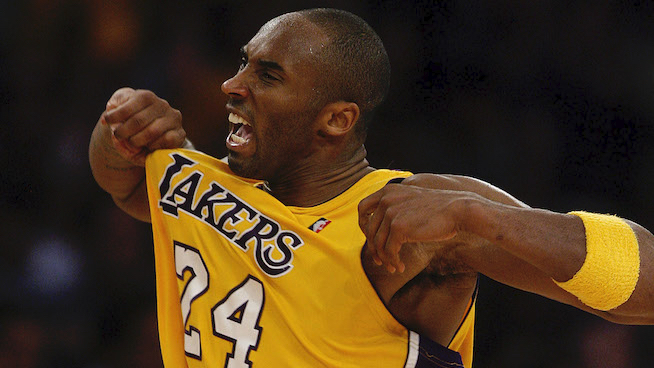Prevent Muscle Asymmetry with Balanced Training
For an athlete, having full-body balanced strength is critical for success. Yet, a certain degree of asymmetry—muscle strength imbalances between the left and right sides of the body—affects nearly every athlete.
Asymmetry occurs early in muscular development. As soon as you’re able to kick or throw a ball, the brain determines right- or left-handedness, based on whether a task is easier to perform on one side or the other. The body then establishes favored movement patterns, resulting in strength gains in the more frequently used muscle groups, while lesser-used muscles develop at a slower rate. Although the differences may be subtle, asymmetry can inhibit performance and even cause injury.
Common examples of asymmetry include baseball players who have stronger shoulder and arm muscles in their throwing arm and basketball players with stronger leg muscles on their preferred jumping foot. Football players who tend to cut in a certain direction can experience diminished performance when cutting to the opposite side.
To help counter asymmetry, I recommend focusing on common muscle groups active in all sports—the quads, hamstrings, rhomboids, hip adductors, lats and abs. Perform the following workout twice a week to help create balanced strength for optimal performance.
- Squat: 3×12/10/8
- Dumbbell Bench: 3×12/10/8
- Seated Row: 3×12
- Lat Pulldown: 3×12
- Hamstring Curl: 3×15/10/15
- Hip Adduction: 3×15/10/15
- Pull-Ups: 2x failure
- Push-Ups: 2x failure [3-second count down; 2-second count up]
- Physioball Crunch: 2×25
- Bicycle Crunch: 3×30 sec.
Photo: eac.digitaldogs.com
Bobby Rowland received his bachelor’s degree in kinesiology from Midwestern State University [Wichita Falls, Texas] in 2004. He is a former rugby second team all-star. In 2007, he played tight end for the Wichita Falls Razorbacks, a semi-pro football team. He received his CSCS credentials in 2006, and now serves as fitness director and performance specialist for Zach’s Powerhouse Gym in Wichita Falls. He is also a volunteer coach for the Greater Wichita Falls Soccer Association. Rowland believes in training the body from scratch and molding it to fit personal training goals.
RECOMMENDED FOR YOU
MOST POPULAR
Prevent Muscle Asymmetry with Balanced Training
For an athlete, having full-body balanced strength is critical for success. Yet, a certain degree of asymmetry—muscle strength imbalances between the left and right sides of the body—affects nearly every athlete.
Asymmetry occurs early in muscular development. As soon as you’re able to kick or throw a ball, the brain determines right- or left-handedness, based on whether a task is easier to perform on one side or the other. The body then establishes favored movement patterns, resulting in strength gains in the more frequently used muscle groups, while lesser-used muscles develop at a slower rate. Although the differences may be subtle, asymmetry can inhibit performance and even cause injury.
Common examples of asymmetry include baseball players who have stronger shoulder and arm muscles in their throwing arm and basketball players with stronger leg muscles on their preferred jumping foot. Football players who tend to cut in a certain direction can experience diminished performance when cutting to the opposite side.
To help counter asymmetry, I recommend focusing on common muscle groups active in all sports—the quads, hamstrings, rhomboids, hip adductors, lats and abs. Perform the following workout twice a week to help create balanced strength for optimal performance.
- Squat: 3×12/10/8
- Dumbbell Bench: 3×12/10/8
- Seated Row: 3×12
- Lat Pulldown: 3×12
- Hamstring Curl: 3×15/10/15
- Hip Adduction: 3×15/10/15
- Pull-Ups: 2x failure
- Push-Ups: 2x failure [3-second count down; 2-second count up]
- Physioball Crunch: 2×25
- Bicycle Crunch: 3×30 sec.
Photo: eac.digitaldogs.com
Bobby Rowland received his bachelor’s degree in kinesiology from Midwestern State University [Wichita Falls, Texas] in 2004. He is a former rugby second team all-star. In 2007, he played tight end for the Wichita Falls Razorbacks, a semi-pro football team. He received his CSCS credentials in 2006, and now serves as fitness director and performance specialist for Zach’s Powerhouse Gym in Wichita Falls. He is also a volunteer coach for the Greater Wichita Falls Soccer Association. Rowland believes in training the body from scratch and molding it to fit personal training goals.












